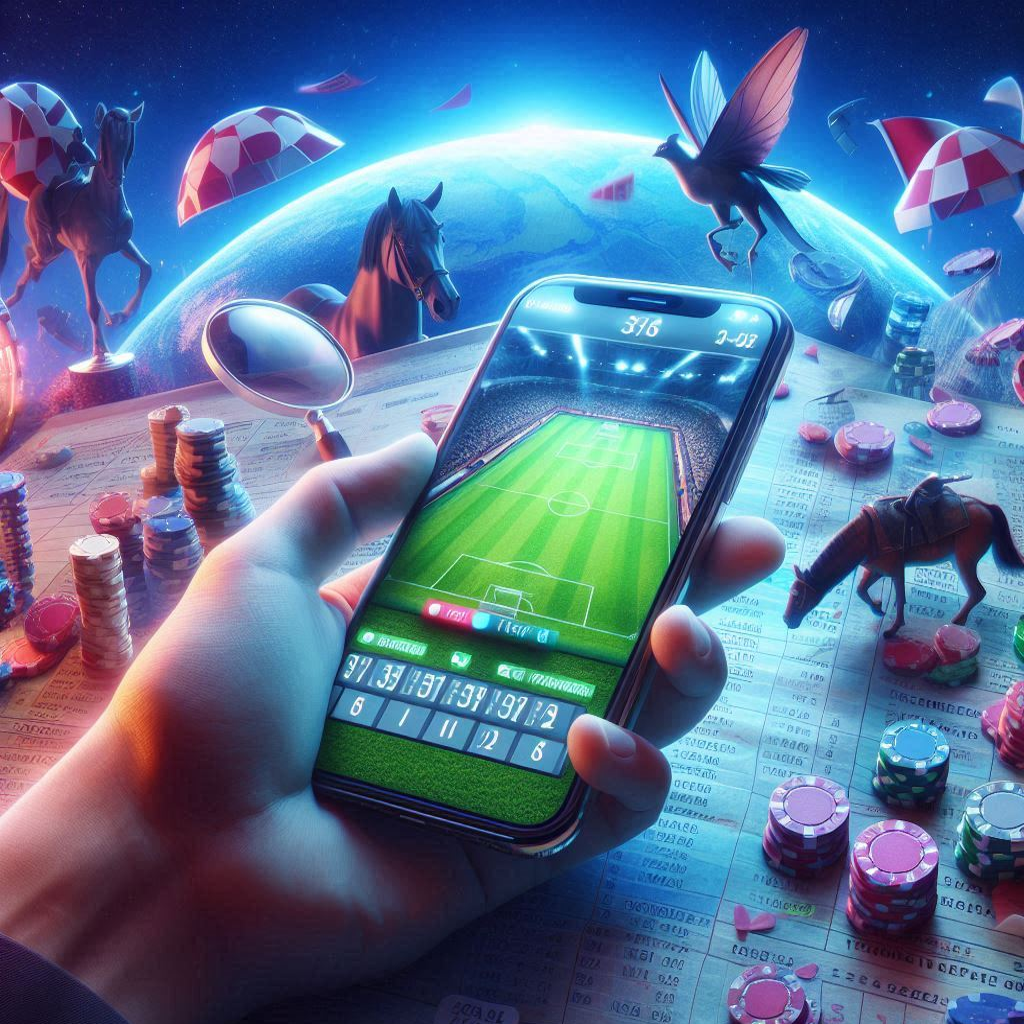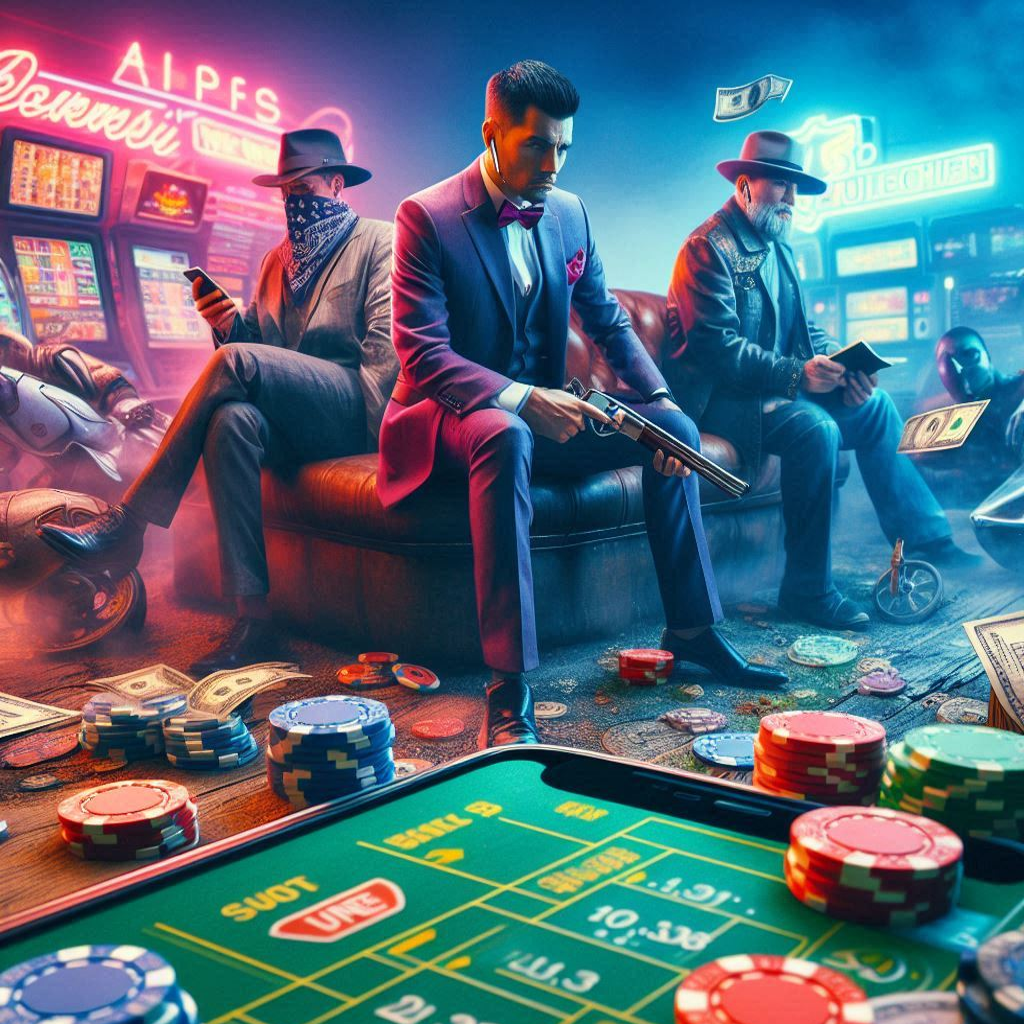Have you ever noticed how playing games at a casino and trading stocks can feel very similar? Both activities involve making quick decisions, risking money, and hoping for a big win. In this article, we will explore why this happens and introduce some important terms to help you understand.
First, let’s define a few key words:
– **Slot Charts**: These are visual displays that show how different slot machines are performing. They help players see which machines are paying out and which ones are not.
– **Trade Screens**: These are the digital displays that traders use to see live data about stocks, commodities, or other markets. They show prices, trends, and how well a trader’s investments are doing.
– **Risk**: This is the chance that you may lose money. Both gambling and trading involve risk since you are betting on outcomes that can change quickly.
Now, here’s why gambling and trading can feel the same. In both cases, you are making choices based on information. Slot charts tell players which machines might be lucky, while trade screens help traders decide when to buy or sell.
The excitement comes from the thrill of trying to predict the future. When you pull the lever on a slot machine or click to sell stocks, you hope for a reward—just like when you take a chance on a game.
Understanding these similarities can help make sense of why people enjoy both gambling and trading. They both offer a way to escape reality and find out if luck is on your side. Whether it’s a jackpot or a winning trade, the thrill is what keeps many coming back for more!
Understanding Slot Charts and Trade Screens
Slot charts and trade screens are two concepts that are often discussed in the context of gambling and trading. While they may seem different at first, both share similar psychological and emotional experiences for the participants. In this article, we will explore what these terms mean, how they relate to each other, and the feelings they invoke.
What are Slot Charts?
Slot charts provide visual representations of the outcomes in slot games. They graphically display the frequency of winning combinations, payout percentages, and other important data for players to consider. Knowing how to interpret slot charts can improve a player’s understanding of the game and enhance their strategy.
- Paylines: These are the lines on which a winning combination can appear. Each slot machine may have different paylines.
- Return to Player (RTP): This percentage indicates how much money is returned to players over time. For example, an RTP of 95% means that, on average, a player can expect to get back $95 for every $100 wagered.
- Variance: This describes the risk involved in playing a particular slot. Low variance means more frequent but smaller wins, while high variance offers bigger but less frequent payouts.
What are Trade Screens?
Trade screens are used in financial markets to visualize and execute trades. They display real-time data about market prices, volumes, and trends. Traders analyze this information to make informed decisions about buying and selling stocks, currencies, or commodities.
- Bid Price: This is the highest price a buyer is willing to pay for an asset.
- Ask Price: This is the lowest price at which a seller is willing to sell the asset.
- Spread: The difference between the bid and ask prices, which represents the cost of executing a trade.
The Psychological Connection: Gambling vs. Trading
Both gambling and trading can trigger similar emotional responses. The thrill of the gamble and the rush of potential profit are common elements in both activities. Participants often experience feelings of excitement, fear, and tension.
“The gambling instinct is not confined to poker players or slot machine enthusiasts; it permeates all aspects of financial trading.”
When traders engage in transactions, they are making predictions, much like gamblers who bet on the outcome of a game. Both experiences involve risk and reward dynamics, where participants hope to maximize gains while minimizing losses.
Similarities in Emotion and Decision-Making
- Risk Taking: Both gamblers and traders must accept the possibility of loss. This acceptance can lead to high-stakes decisions.
- Chasing Losses: This behavior occurs when individuals continue to gamble or trade in hopes of recovering previous losses, often leading to worse outcomes.
- Confirmation Bias: Participants may seek out information that supports their decisions while ignoring evidence that contradicts their choices.
Addressing the Issues: Solutions for Responsible Engagement
Recognizing the similarities between gambling and trading can help individuals approach both activities with greater awareness. Here are some strategies to mitigate negative outcomes:
- Set Limits: Establish a clear budget for how much money you are willing to lose in both gambling and trading.
- Education: Understand the risks and rewards involved before engaging in either activity. Familiarize yourself with concepts like slot charts and trade screens.
- Seek Help: If you find yourself struggling with gambling or trading behaviors, consider reaching out to professionals for support.
“Awareness and education are key in navigating the blurry lines between gambling and trading.”
In summary, while slot charts and trade screens serve different purposes, they evoke similar feelings and challenges for individuals involved in gambling and trading. By understanding these concepts and implementing responsible strategies, participants can engage more thoughtfully in their pursuits.
What are Slot Charts?
Slot Charts are graphical representations that provide insights into the performance of slot machines. They display various metrics such as return to player (RTP), volatility, and hit frequency, helping players make informed decisions based on statistical data.
How do Trade Screens work?
Trade Screens are digital interfaces used by traders to monitor market movements and conduct transactions. They display real-time quotes, charts, and news feeds that aid in analyzing stock performance and making trading decisions.
Is there a connection between gambling and trading?
Yes, both gambling and trading involve risk and the potential for financial gain or loss. They require decision-making under uncertainty, and both can provoke similar psychological responses, such as excitement or anxiety, due to their unpredictable nature.
Why do gambling and trading feel the same?
The sensations experienced in both activities, such as adrenaline rushes and the thrill of uncertainty, create similar feelings. The stakes involved, whether money in trading or chips in gambling, also contribute to the emotional parallels between the two.
Can you apply strategies from one to the other?
Some strategies in risk management and emotional control can be applicable to both gambling and trading. For example, understanding loss limits and having a disciplined approach can help improve performance in either field.
Are there any psychological effects associated with both activities?
Yes, both gambling and trading can lead to psychological effects such as stress, anxiety, or even addiction. Recognizing these effects is crucial for individuals involved in either activity to maintain a healthy and balanced approach.
What should I consider before engaging in gambling or trading?
Did you know about this slot hack?! #casino #jackpot #slots #slotmachine #shorts
Consider your risk tolerance, financial situation, and the potential impact on your emotions. It’s essential to approach both activities with a clear strategy and to remain aware of the inherent risks involved.



